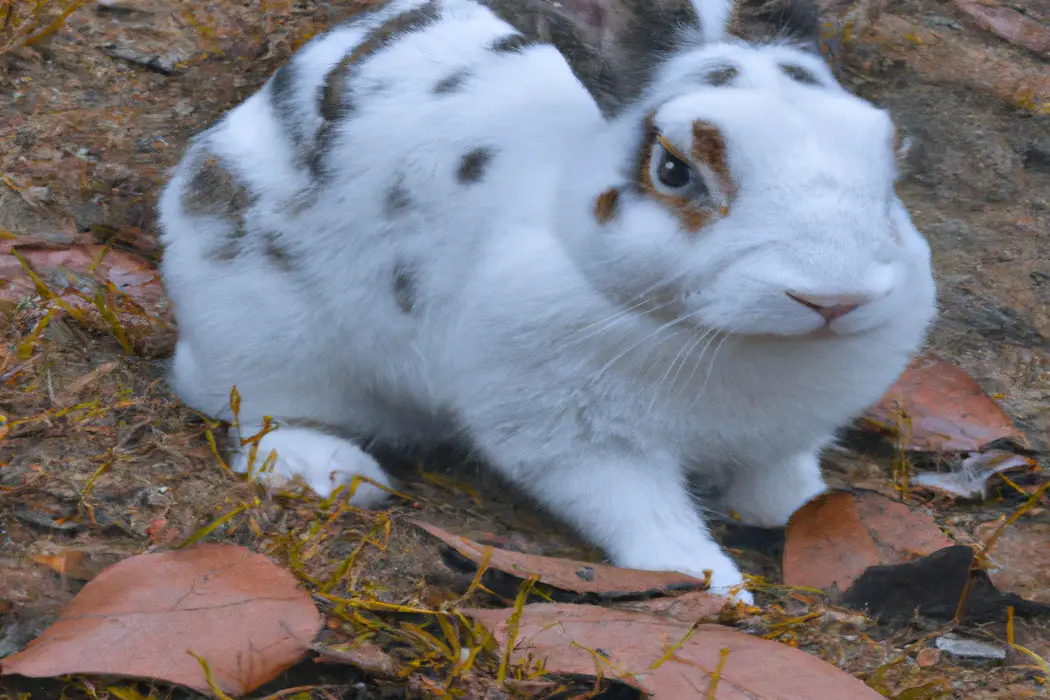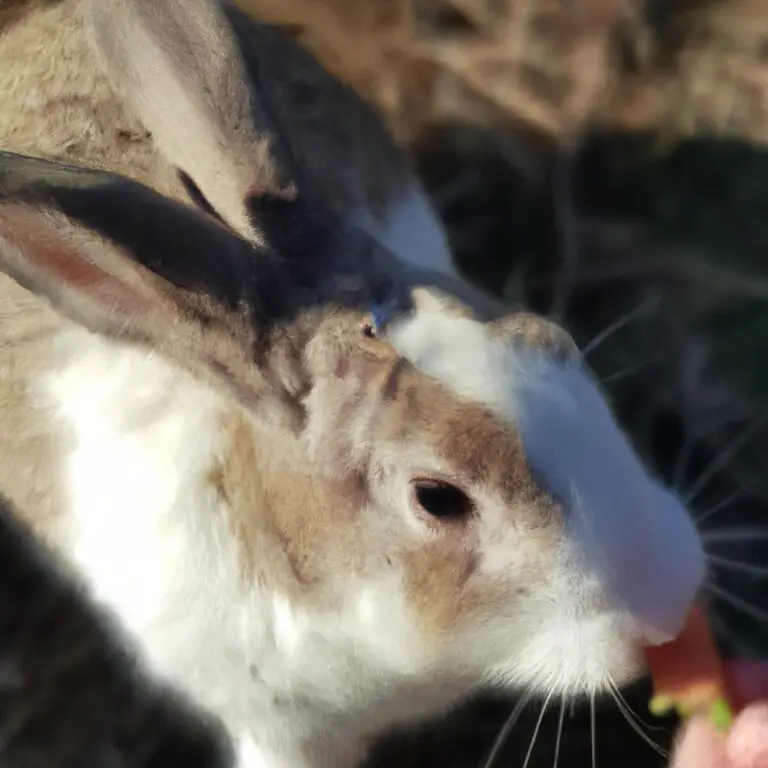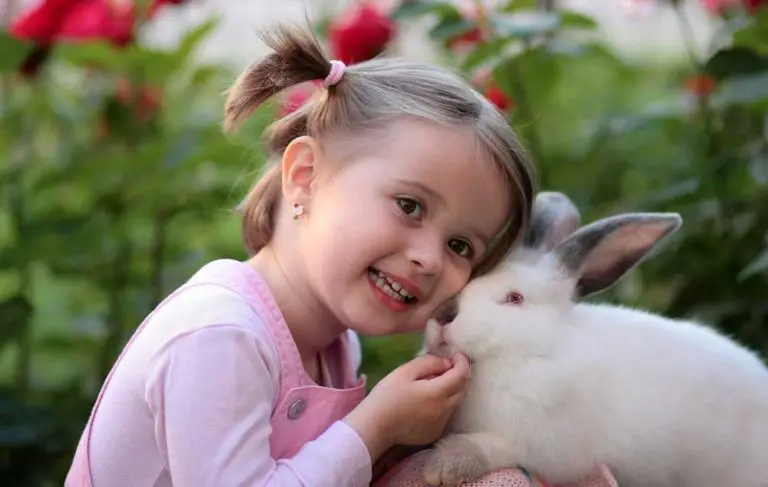How To Attract Wild Rabbits: A Guide for Nature Lovers
Key Takeaways:
- Create a natural and safe habitat with dense vegetation and hiding spots to attract wild rabbits.
- Provide a variety of fresh greens, grass, and herbs as food sources to entice wild rabbits to your property.
- Install water sources and avoid using harmful chemicals or pesticides in the area to attract wild rabbits.
- Patience and consistency are key. Gradually introduce your presence and gain the trust of wild rabbits over time.
Are you a fan of furry, adorable creatures hopping around your backyard? If so, you’ve come to the right place! Welcome to our guide on how to attract wild rabbits to your area.
These fascinating creatures are not only charming but play a vital role in maintaining the delicate balance of our ecosystem.
In this article, we will delve into the world of wild rabbits, understanding their habits and reasons to attract them. We’ll also explore how to create a rabbit-friendly habitat, with tips on providing food, water, shelter, and planting rabbit-friendly vegetation.
Get ready to embark on an enchanting journey into the world of wild rabbits and create a haven for these delightful creatures in your own backyard.
| Methods | Pros | Cons |
| Provide food | 1. Attracts rabbits to your yard 2. Builds trust with rabbits | 1. May also attract other unwanted animals 2. Requires ongoing maintenance |
| Create shelters | 1. Provides refuge for rabbits 2. Encourages rabbits to stay in your yard | 1. Can be labor-intensive to build 2. Requires ongoing maintenance |
| Create a water source | 1. Attracts rabbits looking for hydration 2. Provides a reliable water source for rabbits | 1. May attract other animals as well 2. Requires regular cleaning and maintenance |
| Plant rabbit-friendly vegetation | 1. Provides food source for rabbits 2. Creates a natural habitat | 1. May require irrigation to maintain vegetation 2. May attract other animals and pests |
| Provide hiding spots | 1. Gives rabbits a sense of safety and security 2. Encourages rabbits to stay in your yard | 1. Requires careful placement to avoid displacing existing wildlife 2. Can be time-consuming to set up |
Understanding Wild Rabbits
Wild rabbits are small mammals that can be found in many different habitats and have a variety of behaviors.
What are Wild Rabbits?
Wild rabbits are small mammals that belong to the family Leporidae. They are known for their long ears, fluffy tails, and powerful hind legs.
These adorable creatures can be found in a variety of habitats, including meadows, forests, and grasslands.
They are herbivores, feeding on grass, leaves, and other plants. Wild rabbits are known for their ability to reproduce quickly and are often seen in groups called colonies.
They have a keen sense of hearing and can be quite skittish, making them challenging to approach.
Observing wild rabbits in their natural habitat can offer a fascinating glimpse into the wonders of the animal kingdom.
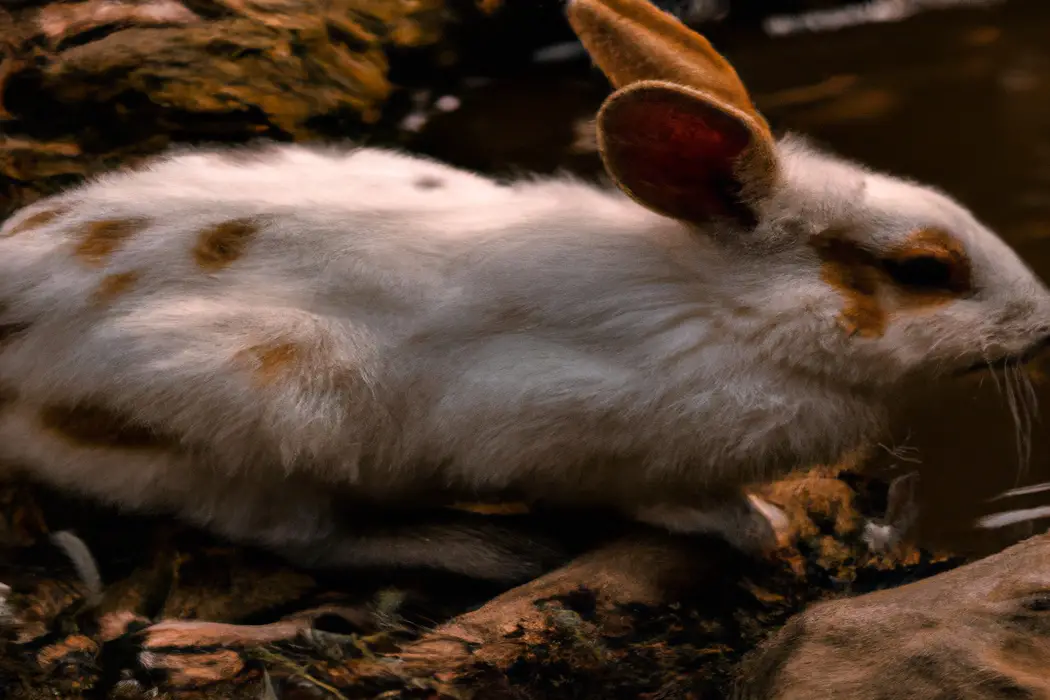
Reasons to Attract Wild Rabbits
Attracting wild rabbits to your garden can be beneficial for several reasons.
- Natural pest control: Wild rabbits eat a variety of plants, including weeds and invasive species that may harm your garden. By attracting them, you can help keep your garden free from unwanted pests.
- Biodiversity: Encouraging wild rabbits to visit your garden can enhance biodiversity. They provide a food source for predators, such as hawks and foxes, which contribute to a balanced ecosystem.
- Enjoyment: Watching wild rabbits hop around your garden can be a delightful and calming experience. It adds a touch of nature to your outdoor space and can bring you closer to the beauty of wildlife.
- Ecological balance: By attracting wild rabbits, you are helping to maintain the delicate balance of nature. These animals have an important role to play in the ecosystem, and by creating a welcoming environment, you are contributing to their survival.
Remember, attracting wild rabbits requires providing suitable food sources, shelter, and protection from predators.
Creating a Rabbit-Friendly Habitat
To create an inviting environment for wild rabbits, focus on creating a rabbit-friendly habitat that provides food sources, water, and shelter.
Providing Food Sources
To provide food sources for wild rabbits, you can start by planting native grasses, flowers, and herbs in your yard. These will provide a natural and nutritious food supply.
Additionally, leaving a patch of your lawn uncut can provide rabbits with access to tender grasses.
Furthermore, you can scatter some hay or rabbit-safe vegetables in different areas of your yard to attract and sustain rabbits. Remember to avoid using pesticides and chemicals in your garden, as they can be harmful to rabbits and their food sources.
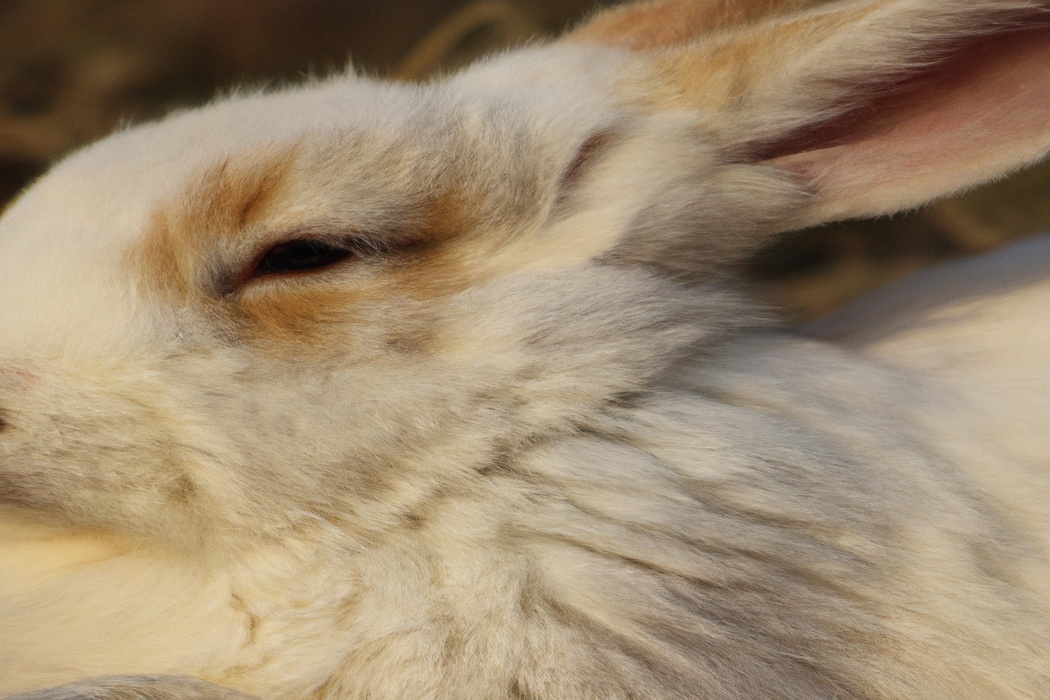
Offering Water and Shelter
To attract wild rabbits, providing water and shelter is essential. Make sure to have a water source like a small pond or birdbath in your yard.
This will not only provide hydration for the rabbits but will also attract insects and other food sources for them.
Additionally, create natural shelters by leaving brush piles, tall grasses, and shrubs in your garden. These areas will serve as hiding spots and protection from predators.
Planting Rabbit-Friendly Vegetation
One way to attract wild rabbits to your yard is by planting vegetation that they find appealing.
Choosing Native Plants and Grasses
Choosing native plants and grasses is essential when attracting wild rabbits. They are naturally adapted to the local environment and provide a familiar food source for rabbits.
Native plants also offer shelter and hiding places.
Some common native plants that rabbits enjoy include clovers, dandelions, and wild strawberries. Tall grasses such as switchgrass and big bluestem also provide excellent cover for rabbits.
Incorporating a variety of native plants and grasses will create an inviting habitat for these adorable creatures.
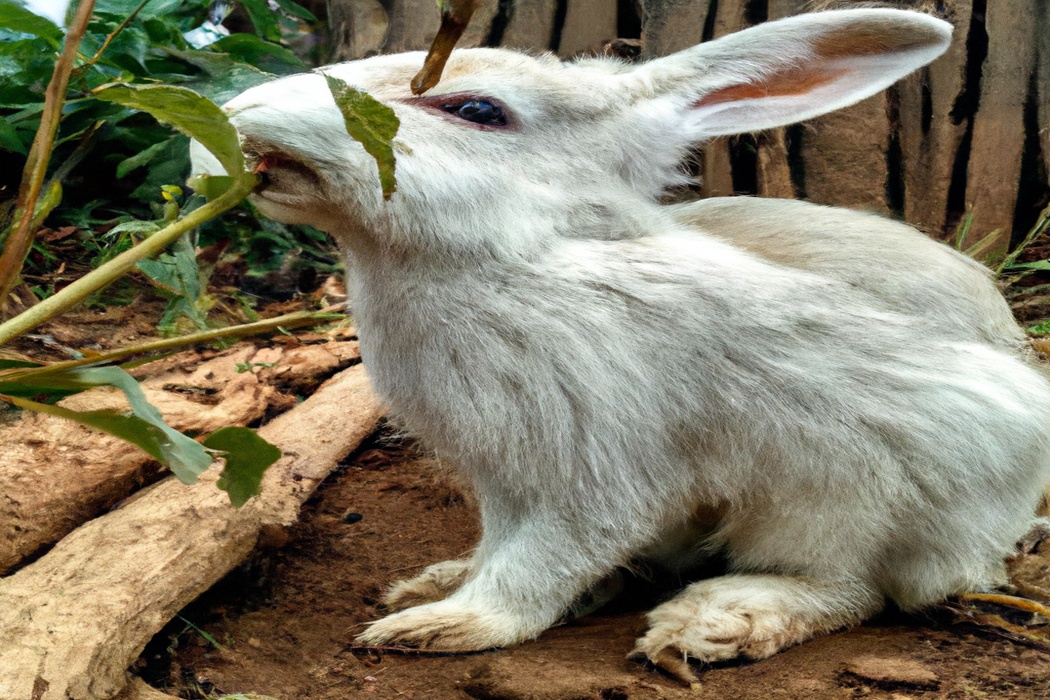
Creating a Variety of Habitats
To attract wild rabbits, creating a variety of habitats is essential. Rabbits prefer areas with diverse vegetation and different levels of cover, such as grasses, shrubs, and trees.
Providing a mix of open spaces and denser areas will attract a greater diversity of rabbits.
Additionally, having water sources nearby, such as ponds or shallow dishes, can also help in creating an attractive habitat for these animals. Consider incorporating features like brush piles, rock piles, and fallen logs to provide additional hiding spots and shelter for rabbits.
Avoiding Predators and Hazards
To keep wild rabbits safe, it’s important to address potential predators and hazards.
This includes installing fencing and barriers as well as eliminating chemical pesticides.
Fencing and Barriers
Fencing and barriers are essential for attracting wild rabbits to your property. To protect your garden and provide a safe space for the rabbits, consider the following:
- Install a sturdy fence that is at least 2 feet high, as rabbits are adept at jumping. Use materials like wire mesh with small openings to prevent them from squeezing through.
- Bury the fence at least 6 inches underground to prevent rabbits from digging underneath it.
- Consider adding a barrier around your plants or garden beds. Use chicken wire or mesh to create a protective enclosure and keep rabbits from accessing your crops.
- Ensure your fencing is secure and free from gaps or openings that rabbits can slip through. Regularly check for any damage and make repairs as needed.
Remember, providing a secure and rabbit-proofed space is crucial for attracting wild rabbits to your property and ensuring their safety.
Eliminating Chemical Pesticides
Chemical pesticides can be harmful to both rabbits and the environment. To eliminate the use of these pesticides, you can try these alternatives:
- Natural repellents: Use repellents made from natural ingredients like garlic, hot chili peppers, or predator urine to deter pests.
- Physical barriers: Create barriers such as fences or netting around your garden to keep rabbits out.
- Companion planting: Grow plants that repel rabbits, such as marigolds, onions, or lavender, alongside your desired crops.
- Integrated pest management: Implement a holistic approach that includes crop rotation, proper watering, and encouraging natural predators to control pests.
Encouraging a Safe Environment
Create a safe environment for wild rabbits by ensuring a low-stress atmosphere and reducing noise and disturbances.
Maintaining a Low-Stress Environment
Creating and maintaining a low-stress environment for your pet rabbits is essential for their overall well-being.
Here are a few tips to help you achieve this:
- Provide a quiet and calm space for your rabbits to retreat to when they feel stressed. This could be a cozy hideaway or a separate area in their enclosure.
- Minimize loud noises and sudden movements around your rabbits. This can startle them and increase their stress levels.
- Handle your rabbits gently and with care. Avoid restraining them too tightly and give them time to adjust to being handled.
- Keep their living environment clean and comfortable. Regularly clean their enclosure and provide them with soft bedding material.
- Offer a variety of enrichment activities to keep your rabbits mentally stimulated. This can include toys, tunnels, and puzzles that encourage exploration and play.
By taking these steps, you can help to maintain a low-stress environment for your pet rabbits, promoting their health and happiness.
Minimizing Noise and Disturbances
To minimize noise and disturbances when attracting wild rabbits, there are a few simple steps you can take.
First, avoid sudden loud noises, such as yelling or banging objects, in the area where you want the rabbits to visit.
Instead, try to create a peaceful and calm environment.
Second, limit human activity around the rabbits’ habitat to reduce any potential disturbances.
Finally, consider using natural barriers or sound-absorbing materials to help muffle any noise that may come from nearby roads or construction sites.
Frequently Asked Questions
How long does it take for wild rabbits to become comfortable in a new area?
Wild rabbits can take anywhere from a few days to several weeks to become comfortable in a new area. It depends on factors like the availability of food, water, and suitable shelter.
Providing these resources in the new area can help speed up the process.
Creating a calm and safe environment with minimal disturbances will also encourage rabbits to settle in sooner. It’s important to be patient and give them time to adapt at their own pace.
Can wild rabbits be attracted to urban areas?
Wild rabbits can indeed be attracted to urban areas.
The presence of tall grass, shrubs, and vegetable gardens can provide a suitable habitat and a source of food for them.
Additionally, if there are no natural predators and ample hiding places, rabbits may feel safe enough to venture into urban environments.
Providing food sources like fresh vegetables and protected areas such as brush piles can help attract them even more.
However, it’s important to note that attracting wild rabbits to urban areas should be done responsibly, considering the potential impact on local ecosystems.
Is it legal to attract wild rabbits to private property?
Yes, it is generally legal to attract wild rabbits to private property. However, it is important to check local laws and regulations regarding the specific methods and practices used to attract them.
Some areas may have restrictions to prevent the spread of diseases, protect native wildlife, or maintain ecological balance.
Always be mindful of the welfare and safety of the rabbits, and avoid any activities that could harm them or their natural habitat.
Final Verdict
Attracting wild rabbits to your property requires creating a rabbit-friendly habitat that provides food, water, and shelter. By planting native vegetation and creating a variety of habitats, you can create an environment that attracts these beautiful creatures.
It’s important to avoid predators and hazards by using fences and eliminating chemical pesticides.
Additionally, creating a safe and low-stress environment with minimal noise and disturbances will encourage rabbits to stay. Remember, it may take time for wild rabbits to become comfortable in a new area, and it’s important to check local regulations before attracting them to private property.
With patience and the right approach, you can create a welcoming haven for wild rabbits and enjoy their presence.

